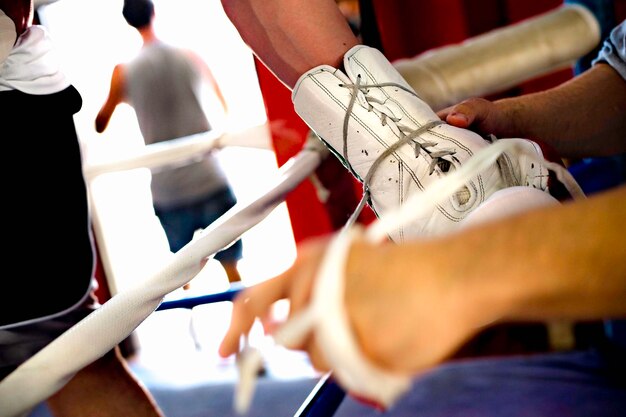How to Become a Prosthetist: Essential Degrees and Certifications
Embarking on the journey to become a prosthetist is both rewarding and challenging, and it requires a solid educational foundation complemented by hands-on training. Prosthetists play a crucial role in designing and fitting custom prosthetic limbs, enhancing the quality of life for their patients. The path typically begins with acquiring a degree in orthotics and prosthetics or a related field, such as biomechanics or biomedical engineering. These programs offer a blend of theoretical knowledge and practical skills vital to the profession. Following this, aspiring prosthetists must complete a specialized certificate program accredited by the Commission on Accreditation of Allied Health Education Programs (CAAHEP), which further deepens their expertise.
Beyond formal education, certification and licensure are pivotal for prosthetists aiming to practice. In the United States, certification through the American Board for Certification in Orthotics, Prosthetics & Pedorthics (ABC) or the Board of Certification/Accreditation (BOC) is often required, reflecting a standard of excellence and commitment to patient care. Moreover, many states mandate a professional license, which underscores the importance of adhering to regional requirements. Continuous professional development through workshops and seminars is also encouraged, keeping practitioners abreast of technological advancements and innovative techniques.
Key Qualifications to Pursue 🚀
- Bachelor’s Degree 📚: Orthotics and Prosthetics, Biomechanics, Biomedical Engineering
- CAAHEP-Accredited Certificate Program 🎓: Specialized prosthetics training
- Certification 🏅:
- American Board for Certification in Orthotics, Prosthetics & Pedorthics (ABC)
- Board of Certification/Accreditation (BOC)
- State Licensure 📜: Varies by state
- Continued Education 🔄: Workshops and seminars for ongoing professional development
Pursuing these educational and certification pathways not only equips future prosthetists with essential skills but also positions them as leaders in the field, ready to embrace both present challenges and future innovations.
